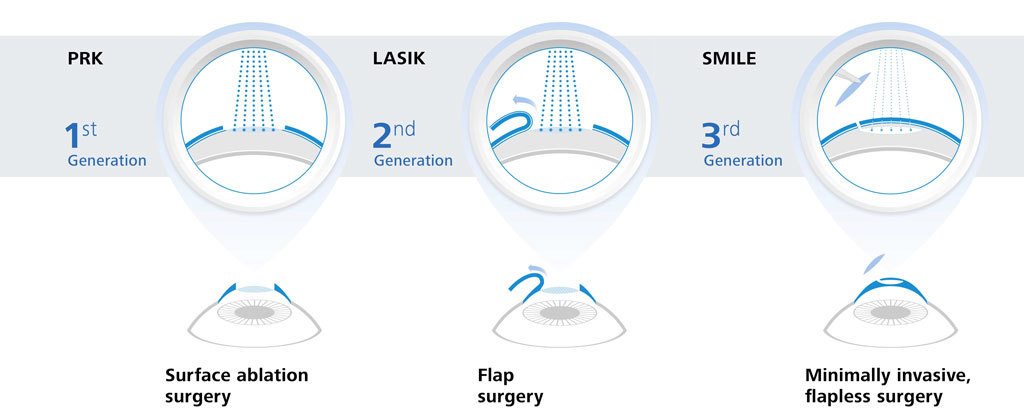Vision Rectification Via Lens Replacement: A New Age Visible

Team Author-Knowles Chu
Picture a future where you no longer have to depend on glasses or get in touch with lenses to see clearly. A future where vision improvement is as basic as a fast, painless treatment.
Well, that future is closer than you may believe. Introducing refractive lens exchange, a cutting edge approach to correcting your vision that could transform the means you see the world.
Yet just what is refractive lens exchange, and why is it considered the future of vision correction? In this conversation, we will check out the advantages, the procedure, and the prospective risks of refractive lens exchange, providing you a peek right into what exists in advance for those seeking clearer vision.
The Benefits of Refractive Lens Exchange
Refractive Lens Exchange provides many benefits for people seeking vision correction. By changing your all-natural lens with a fabricated intraocular lens, this treatment can fix a large range of vision issues. click over here of the major advantages of refractive lens exchange is the renovation in visual acuity. Whether you're nearsighted, farsighted, or have astigmatism, this procedure can significantly improve your capacity to see plainly without relying on glasses or get in touch with lenses.
Furthermore, refractive lens exchange can likewise stop the development of specific eye problems, such as cataracts. This suggests that not only will you attain far better vision, but you'll additionally have a minimized threat of developing cataracts in the future.
With refractive lens exchange, you can appreciate improved vision and a better of life.
The Procedure for Refractive Lens Exchange
When going through refractive lens exchange, the cosmetic surgeon will start by making a little laceration in your cornea. http://www.vh1.com/news/216905/will-surgically-changing-your-eye-color-make-you-go-blind/ allows them to access the lens of your eye and remove it.
Below are five essential steps involved in the treatment:
- The specialist will very carefully separate the lens utilizing ultrasound waves or lasers.
- After removing the lens, they'll put a brand-new fabricated lens, called an intraocular lens (IOL), into your eye.
- The IOL is made to correct your particular vision troubles, such as nearsightedness, farsightedness, or astigmatism.
- Once the new lens is in place, the specialist will certainly shut the incision with small stitches or self-sealing methods.
- The whole procedure typically takes less than thirty minutes and is usually carried out on an outpatient basis.
Adhering to these actions, refractive lens exchange can offer you with improved vision and minimize your reliance on glasses or get in touch with lenses.
Potential Risks of Refractive Lens Exchange
Before undertaking refractive lens exchange, it is essential to understand the prospective threats associated with the procedure. While refractive lens exchange is normally taken into consideration risk-free, like any kind of surgical procedure, there are dangers included.
One potential threat is infection, which can occur if germs goes into the eye throughout or after the surgical treatment. Another danger is the development of raised intraocular stress, which can cause glaucoma. Furthermore, there's a small chance of experiencing corneal edema, which is the swelling of the cornea.
Various other prospective risks consist of retinal detachment, macular edema, and loss of vision. It's important to go over these threats with your doctor and weigh them against the prospective advantages prior to deciding.
Verdict
So there you have it, individuals! Refractive lens exchange is really the future of vision improvement. With its various advantages and advancements in technology, this procedure supplies a life-changing option for those having problem with their vision.
However keep in mind, every increased has its thorns. While refractive lens exchange might bring clearness, it's important to be familiar with the prospective risks entailed. So, before taking the jump, consider the benefits and drawbacks, and seek advice from your ophthalmologist.
Nevertheless, better secure than sorry!

